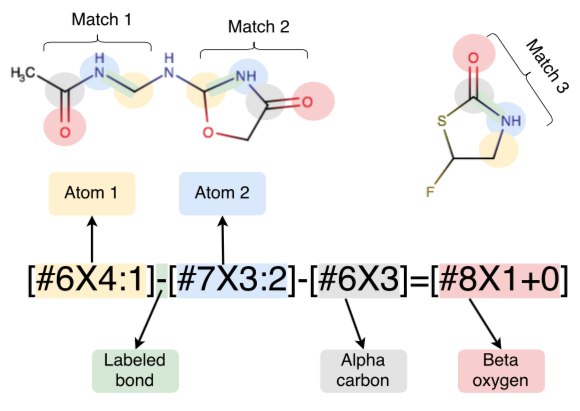Acquired resistance to IDH inhibition through trans or cis dimer-interface mutations
/Andrew M. Intlekofer, Alan H. Shih, Bo Wang, Abbas Nazir, Ariën S. Rustenburg, Steven K. Albanese, Minal Patel, Christopher Famulare, Fabian M. Correa, Naofumi Takemoto, Vidushi Durani, Hui Liu, Justin Taylor, Noushin Farnoud, Elli Papaemmanuil, Justin R. Cross, Martin S. Tallman, Maria E. Arcila, Mikhail Roshal, Gregory A. Petsko, Bin Wu, Sung Choe, Zenon D. Konteatis, Scott A. Biller, John D. Chodera, Craig B. Thompson, Ross L. Levine, and Eytan M. Stein
Nature 559:125, 2018. [DOI] [PDF]
We probe the biochemical and biophysical mechanisms underlying an unusual set of clinical resistance mutations that appeared in trans in the IDH2 dimer interface in cancer patients treated with IDH2 inhibitors.




















